Ambiguous
28 March 2016 No Comments Yet - Share Your Thoughts
In this ambiguous painting by Rob Gonsalves, a young girl is having fun on a tree swing. As she gets higher and higher, it seems that her feet might touch the moon. Moving from left to right, can you see where the painting transitions from the girl swinging from a tree under the moonlight to the point where she appears to be floating in space?
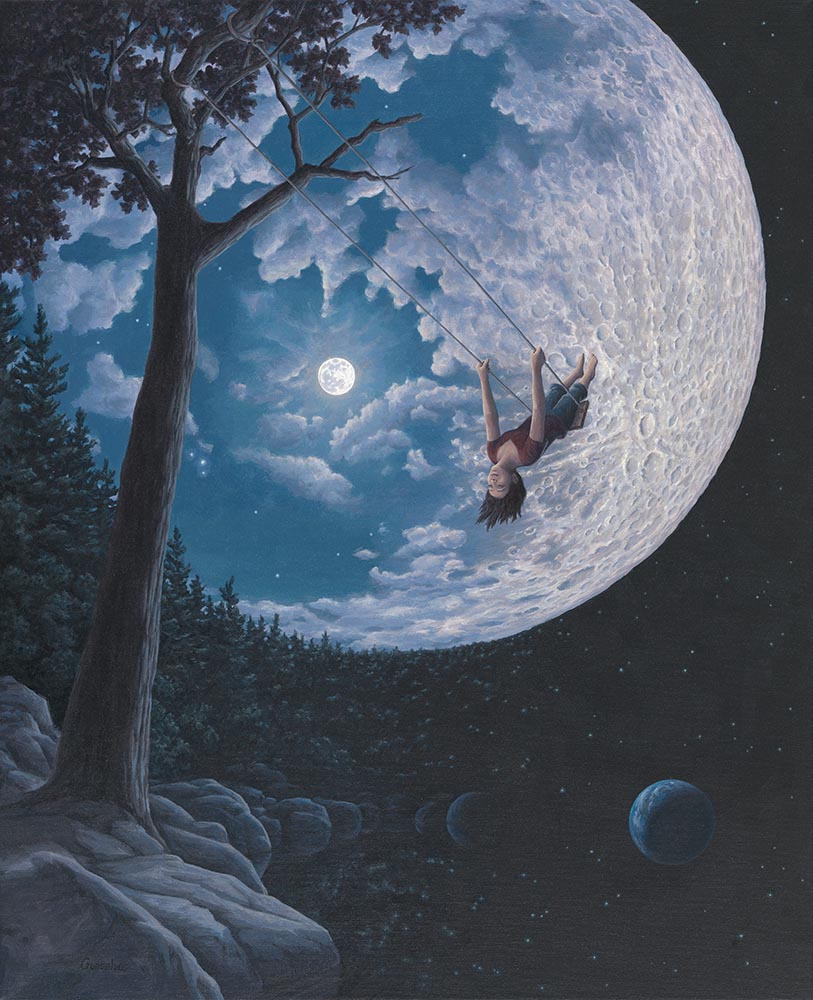
(via Huckleberry Fine Art)

Loading...
Tagged in ambiguous, girl, moon, swing, tree
Impossible
24 March 2016 No Comments Yet - Share Your Thoughts
The works of Tamás Farkas have been presented in exhibitions around the globe. His art has appeared in his native country Hungary, as well as other places like Washington, D.C., Israel, Japan, and Italy (to name a few). Take a look at the tangled gray and gold figures below. They appear to be wrapped around one another in a series of “knots”. But if you follow either one of the lines, you will find that there is no way that they could physically bend and twist the way they do. The entire figure is quite impossible.
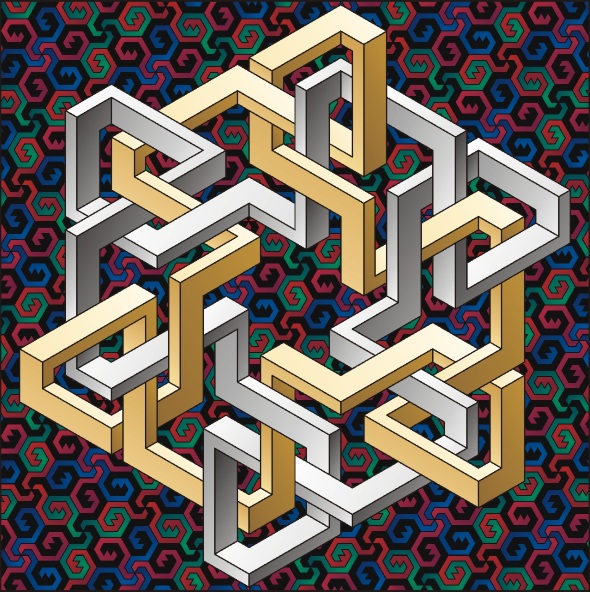
(via Tamás F. Farkas)

Loading...
Tagged in impossible, tamas farkas
Hidden Objects
21 March 2016 No Comments Yet - Share Your Thoughts
This painting by Russian artist Victor Molev shows a collection of papers (some whole and some torn) in the foreground and a sailing ship in the background. The papers in the center of the image come together in such a way that they form a hidden portrait of Vladimir Vysotzkiy, a Russian singer-songwriter, poet, and actor. His song lyrics featured commentary about social and political issues that left an lasting impression on Russian culture long after his death in 1980.

(via Victor Molev)

Loading...
Tagged in hidden, victor molev
Ambiguous
10 March 2016 No Comments Yet - Share Your Thoughts
This painting from Mexican artist Octavio Ocampo effectively uses negative space to create two distinct images that occupy the same space. Do you see a tree and several birds or do you see the face of a woman? You cannot view them both at the same time, but you can very easily flip-flop between the two interpretations.
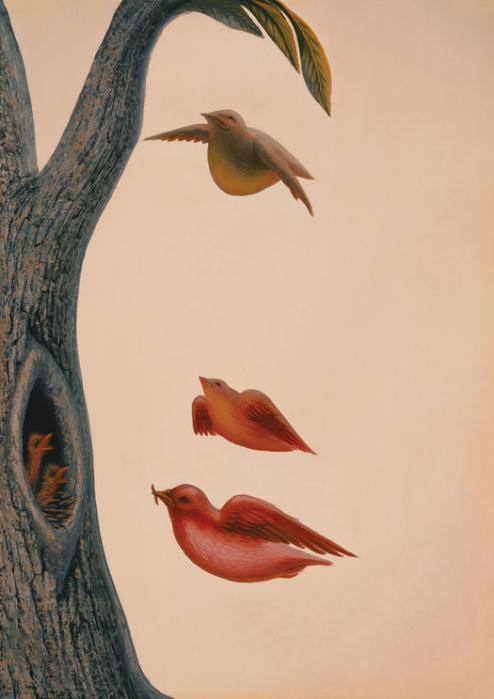
For me personally, the first thing that I notice when viewing this painting is the woman’s face. I have to focus on the tree on the left side of the painting in order to not see the her face. Try using your hand to cover up the two birds at the bottom (representing the girl’s nose and mouth) and then all you will notice is the tree and bird at the top.
(via Visions Fine Art)

Loading...
Tagged in ambiguous, bird, girl, tree
Impossible
7 March 2016 No Comments Yet - Share Your Thoughts
The impossible triangle (also known as the Penrose triangle) has intrigued viewers (and artists) since it was first introduced by Oscar Reutersvärd in the 1930s. In the photograph below, street artist Femoesa designed this version of the impossible triangle using a chain link fence. This particular impossible work of art was created in 2013 in the Netherlands in a city named Delft.
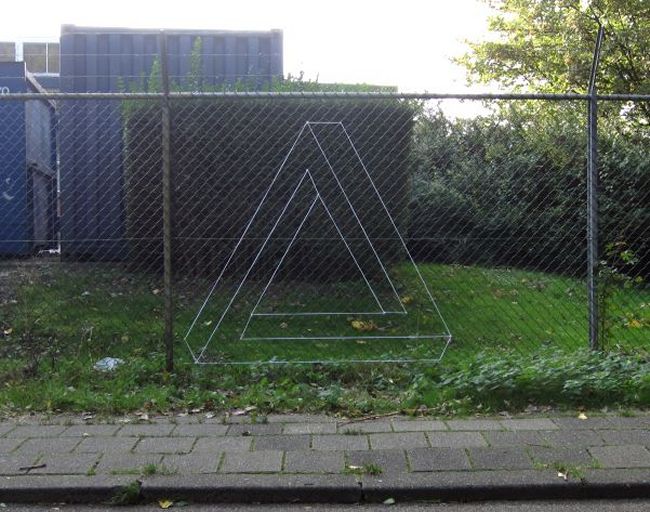
(via Femoesa)

Loading...
Tagged in fence, impossible, oscar reustersvard, penrose, triangle
Motion
3 March 2016 No Comments Yet - Share Your Thoughts
If you suffer from motion sickness, now might be a really good time to get out your Dramamine. As your eyes move across this series of nine distorted circular objects, you may notice that they start to move or pulsate. It almost looks as if the circles are made of wax and are somehow melting and becoming more distorted.
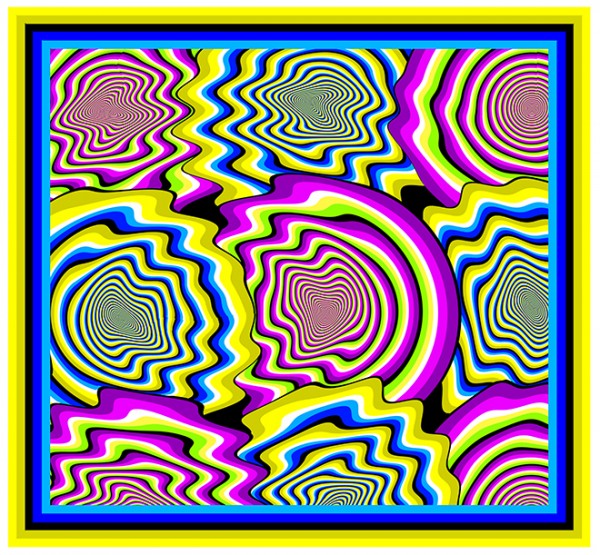
(via Kaia Nao)

Loading...
Tagged in kaia nao, motion
Color
26 February 2016 No Comments Yet - Share Your Thoughts
Today’s illusion is from an article written by Barton L. Anderson and Jonathan Winawer and published in Nature (the international weekly journal of science). Remarkably, the chess pieces on the top and bottom images are identical! It may seem hard to believe, but it is true.
When surrounded by a dark color (like the top portion), the chess pieces appear as light objects. When the background haze is changed to a light color (like the bottom portion), the chess pieces suddenly appear to be dark objects.
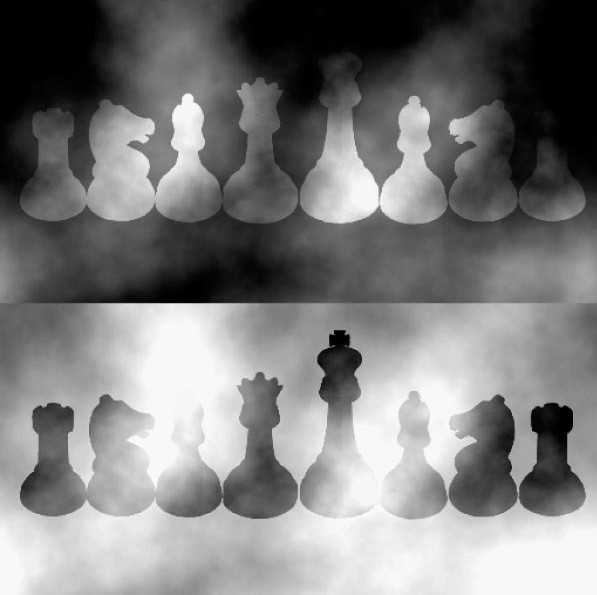
(via Nature)

Loading...
Tagged in chess, color








